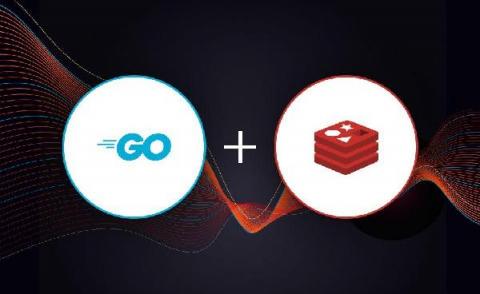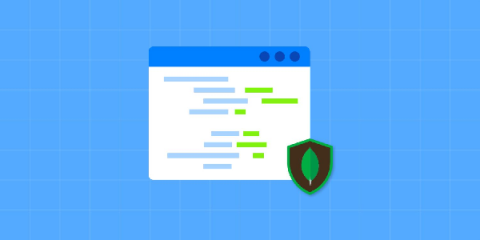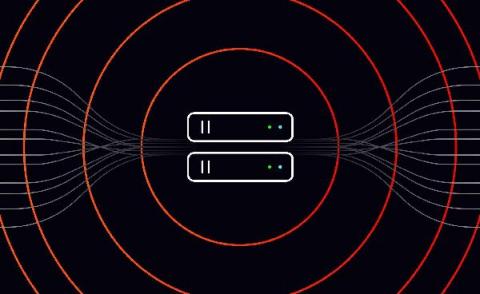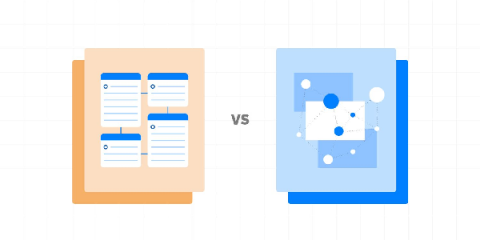Load Testing SQL Databases with k6
This short tutorial shows how to run a k6 test for load testing a database. In performance testing, we often trigger load tests that simulate realistic user flows, particularly those that are most commonly seen in production. This type of acceptance testing usually interacts with various parts of our infrastructure: web servers, microservices, databases, etc. But what if you want to test the performance or scalability of an infrastructure resource in isolation?









